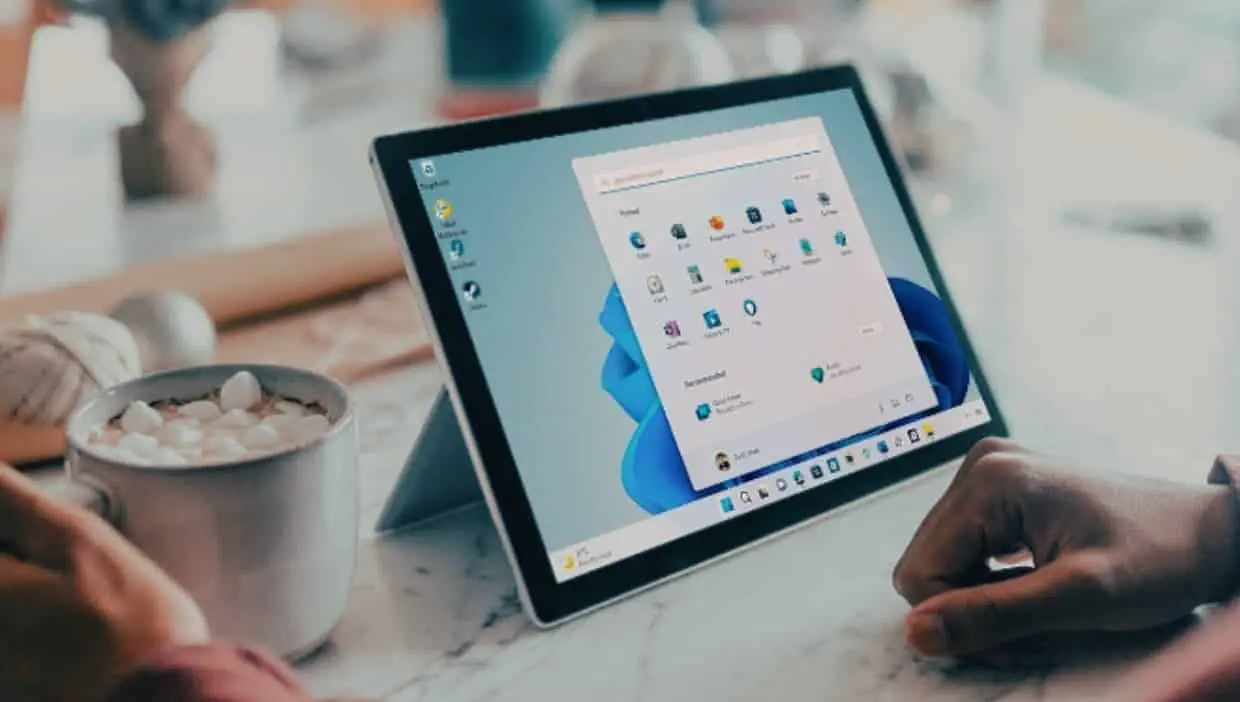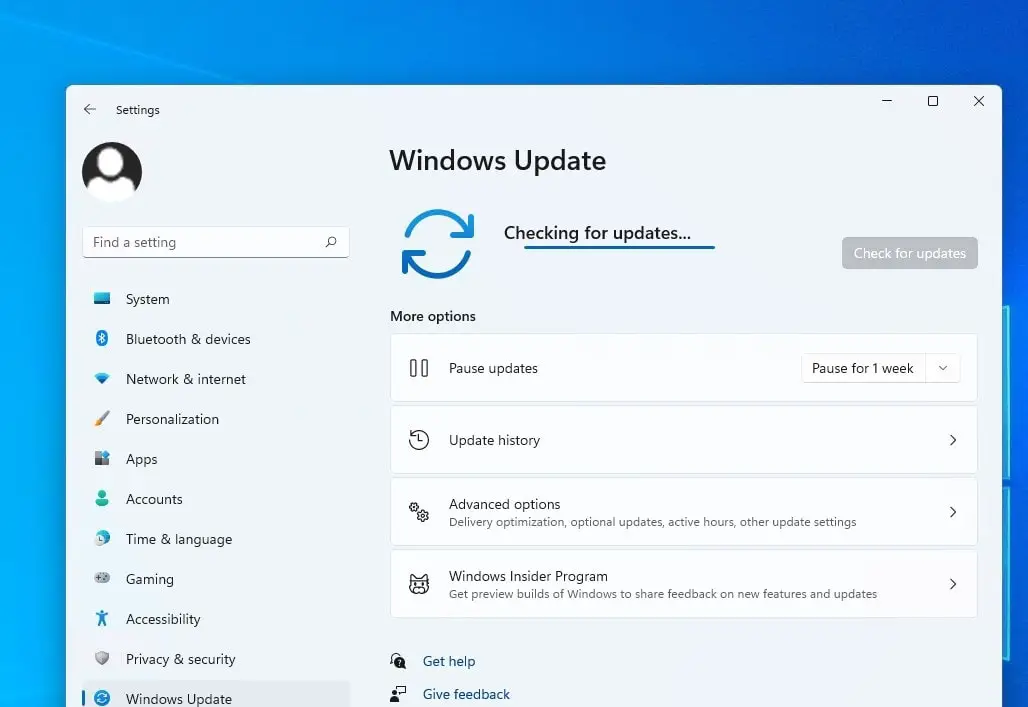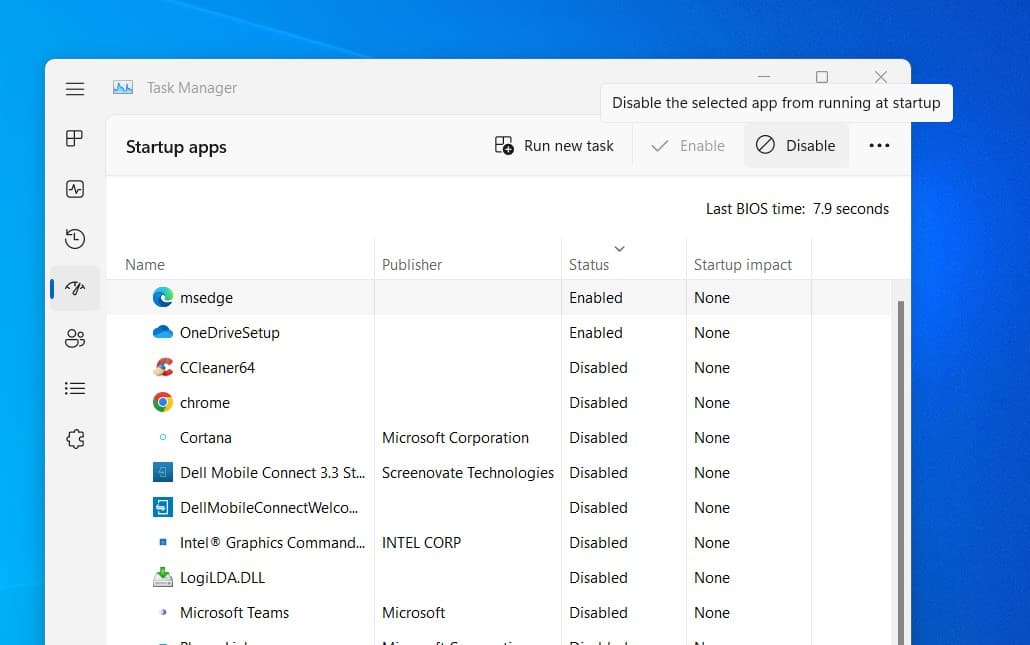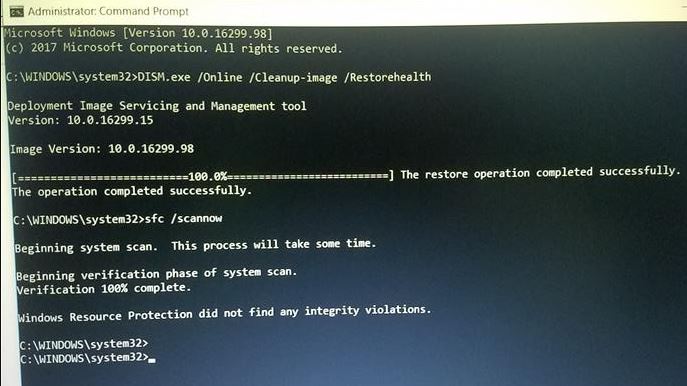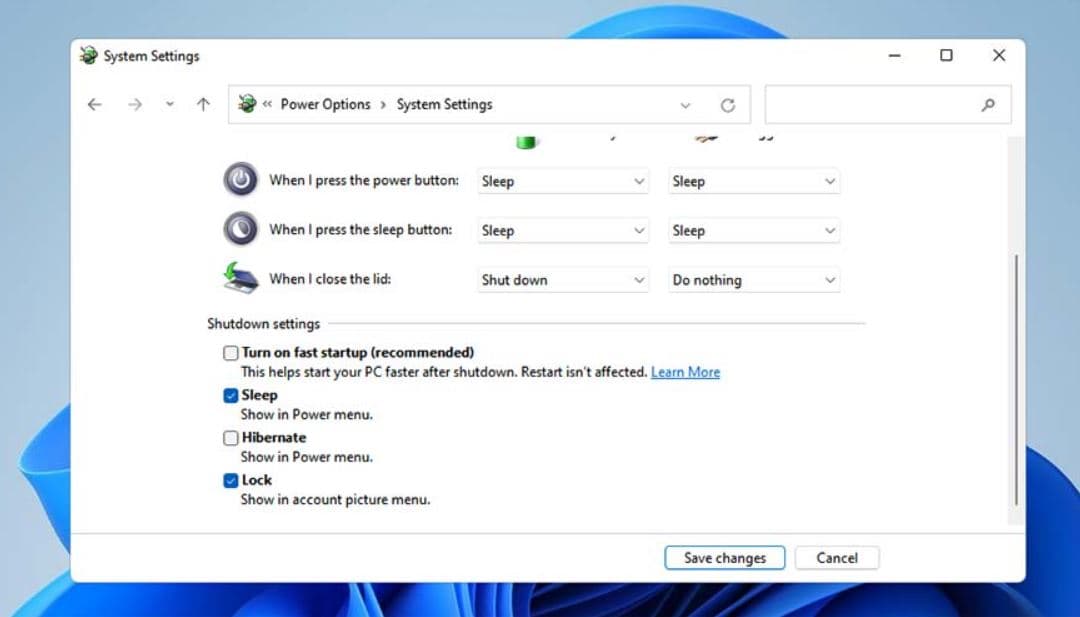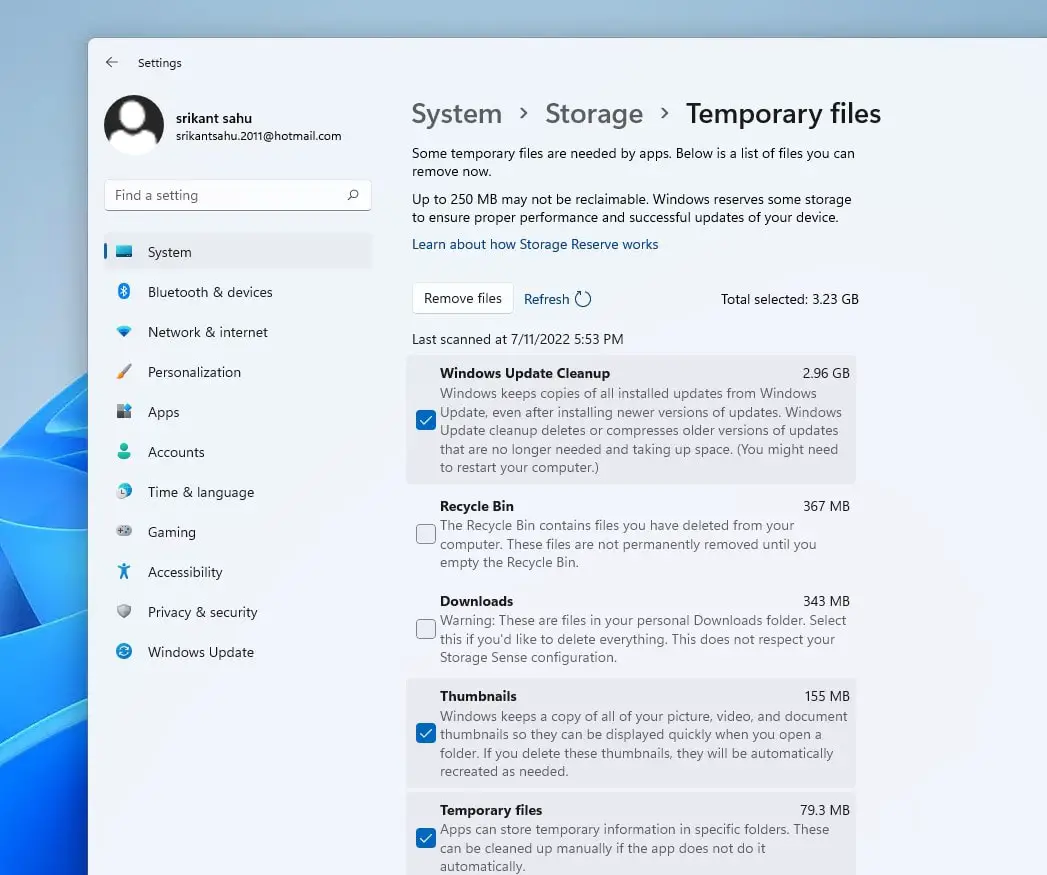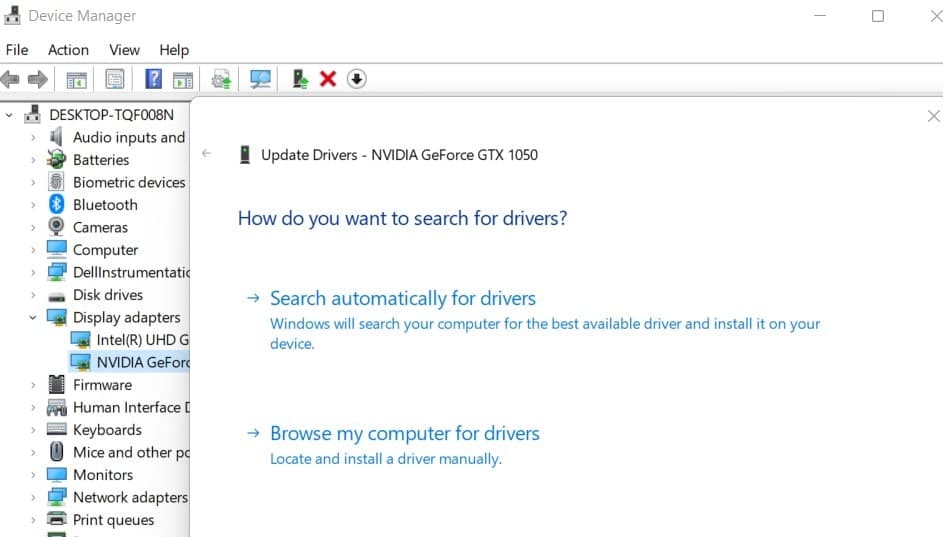Microsoft Windows 11 the successor of Windows 10 comes with several new features and improvements and it’s the most secure operating system released. The company regularly releases Windows updates to make the operating system error free and secure from spy eyes. But few users report Windows 11 performance issues, The Computer is slow after the Windows 11 KB5036893 update. Or sometimes you may experience, Windows 11 being slow after an update. There are multiple reasons, why your Windows 11 PC is slow or unresponsive Whatever the reason, Here is How to Fix the Windows 11 Slow and Lagging Problem.
How to fix it when Windows 11 is slow?
There are multiple reasons for Windows 11 slow performance, Having too many startup apps to virus malware infection or low system storage to outdated drivers are some common ones. Again malfunctioning hardware to a software bug or Old or fragmented devices also slow down Windows 11 performance.
Removing Temporary Files can make a critical difference and boost Windows 11 PC performance. Again disabling the visual effects is one of the most efficient methods to speed up Windows 11 PC. Sometimes you need to adjust the power plans to speed up the boot time on your Windows 11 PC. Running DISM and SFC scans also clears corrupt system files and enhances Windows 11 PC performance.
Let’s first restart your PC, which refreshes the operating system, and clears temporary glitches that may slow down Windows 11 PC performance. Also, Reboot your computer and terminate background programs that could be using up valuable resources and make Windows 11 lagging.
In addition, perform a full system scan with the latest updated antivirus or antimalware application to check if virus or malware infection slows down the Windows 11 PC.
Update Windows 11
Microsoft time to time release windows updates, And installing the latest updates for Windows 11 can let you avoid some bugs and glitches existing in the older version that might cause your computer lag. Installing the latest Windows updates not only clears the bug that causes Windows 11 very slow but also updates device drivers and optimizes the performance as well.
Bugs can cause performance issues, and the only way to fix OS-level bugs is through Windows Update.
- Press the Windows key + X and select settings from the context menu,
- Go to the Windows update section then hit the check for updates button, and wait for a while
- If new or pending updates are there, allow them to download and install on your device. And once done reboot your PC.
Disable unnecessary startup apps
When you start your computer, there are a number of startup programs or apps that start automatically without your knowledge and eat up your valuable system resources. Preventing these startup programs start with boot not only reduces the booting time for your Windows 11 but also optimizes the system performance as well.
If you have lots of programs trying to launch at once, you’ll feel the sluggishness each time your computer starts.
- First Open the ‘Task Manager by using ‘Ctrl + Shift + Esc’ together
- Click on the ‘Startup’ tab then choose the services or applications that you wish to disable
- Finally, tap on the ‘Disable’ button.
Note – Follow the same steps for all of the startup applications you wish to disable. Once done reboot your system and see if Windows 11 slow booting is resolved or not.
Also, you can control startup apps on Windows 11 from settings, -> apps -> startup.
Repair Corrupt Windows System Files
If for any reason, windows system files are corrupted especially after a Windows update, you may experience Windows 11 freezes randomly or its Windows 11 very slow startup. The good news is you can Repair and restore Corrupted System Files in Windows 11 using the system file checker and DISM restore health command.
- Press Windows key + S and type cmd, Now right-click on the command prompt and select run as administrator,
- First, run the DISM command DISM /Online /Cleanup-Image /RestoreHealth, This command scans the core files of your operating system to check for misbehaving files and try to repair them.
- Next, run the system file checker utility command sfc /scannow, this command scans for all the system files in Windows, including protected files. And if finds any corrupted system files in Windows, it will replace those damaged files using a cached copy.
DISM and SFC utility both are the most effective tools help fix multiple problems with Windows 11. Once the scanning completes 100% restart your PC and check now its start quickly and running effectively.
Turn off the Fast Startup option to Fix Windows 11 Slow boot times
The fast startup function was introduced to speed up the slow boot-up process but sometimes this feature is the reason for the slow boot-up process in Windows 11. Few users report, turn off the ‘Fast Startup’ option helps them optimize the Windows 11 boot-up process.
- Press Windows key + R, type powercfg.cpl and click ok to open the power options window,
- Tap on the ‘Choose what the power button does’ option, then click on Change settings that are currently unavailable,
- Here check if the ‘Turn on fast startup option is enabled. If yes then uncheck the box.
- Click on the ‘Save Changes option. Don’t forget to restart your system, and see if you could fix Windows 11 slow performance.
Free up storage space on the system drive
Sometimes lack of storage space is the reason why Windows 11 is very slow or freezes, not responding at startup. If the above solutions fail to resolve the issue and are still wondering how to fix it when Windows 11 is slow. Let’s free up some storage space on the system drive, and clear temporary files that optimize the system performance.
Deleting temp files would be a wise choice to fix the windows 11 lagging problem.
- First press the Windows key + R, type %temp% and press ok to access the “Temp folder” from C: drive. Press Ctrl + A to select all and hit the del key to completely remove them from your system drive.
If you want to free up some more space, then we recommend move files or folders from the download or desktop location to a different drive or external disk.
- Press Windows key + I to open the settings app
- Navigate the system then storage and click on temporary files in the right section.
- Now Click Remove files. Note here system automatically selects the files that can be safely deleted. Or you can manually put a check mark on the additional options to free up some more space.
Disable visual effects to make Windows 11 faster
Visual effects on Windows 11 can create a more unique visual experience, But require plenty of system resources and sometimes it may slow down PCs with older hardware. And disabling visual effects reduces approximately 20% of the load on the GPU and faster Windows 11 performance.
- Press Windows key + I to open Windows 11 settings,
- Click on Accessibility then Visual Effects on the right side,
- Here toggle off both the Transparency effects and Animation effects options.
- After applying these settings, check to see if it works for you.
Update Graphic Drivers
Still Windows 11 Very Slow? Update Graphics Drivers. Yes to get the best performance from your Windows 11 PC, the device driver needs to be updated, especially the graphics driver. follow the steps below to update the graphics driver on your Windows 11 PC.
An old graphics card driver on your PC or laptop can also lead to the issue of windows 11 slow performance.
- Press Windows key + X and select Device Manager, this will display all installed device driver lists on your computer,
- Locate and expand the Display adapters section, right-click on your graphics card driver, and select the update driver option,
- Next, choose the ‘Search automatically for drivers’ option to allow downloading driver updates from the Microsoft server.
- If there is an update available for the graphic cards, it will automatically start downloading its updated version.
- In the end, don’t forget to restart your system, it’ll apply the changes.
Also, you can download driver updates from the device manufacturer and install it manually to fix such problems that may be started due to older or corrupted device drivers on your system.
FAQ
Why is my PC so slow after Windows 11 update?
- Several reasons can lead to Windows 11 slow performance on your PC or laptop: Issues with the hard disk. Issues with the background running startup tasks, System drive having low disk space and more.
Why is my computer suddenly so slow after update?
- Mostly, low C drive disk space and Windows update caches are the top two factors that stop your computer from running fast.
Can I go back to Windows 10 from Windows 11?
- If you want to “downgrade” from Windows 11 to Windows 10, you have to do a clean install
Why is Windows Explorer so slow?
- Windows File Explorer may run slowly because you’re running too many programs,
How do I fix Windows 11 performance issues?
- Disabling the startup programs to speed up the boot time on Windows 11
Also read:
- How to make your computer fast and Efficient (9 easy steps)
- 7 Best Video Editing Software for Windows 10 2024 (Free And Paid)
- Speed up Laptop Running Windows 10 Version 22H2!!!
- Laptop Running slow after Windows 10 update? Here is how to fix it!
- Windows 11 Laptop Stuck on Restarting screen? 7 solutions to apply
